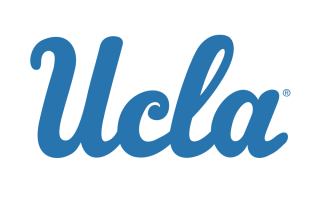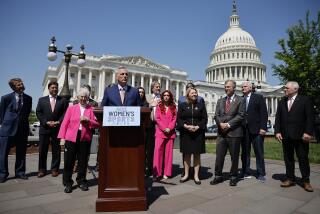Rule Made It a Long Year for Iowa Foes
- Share via
Officially, it’s known as bylaw 51 D-6 of the NCAA code. Unofficially, it could be called the “Chuck Long rule.”
It was approved Jan. 11, 1984, at the NCAA convention in Dallas, and its ramifications are heightened nearly two years later with Iowa’s presence in the Rose Bowl.
The rule allowed Long to return to Iowa as a fifth-year senior for the 1985 season, which turned out to be a memorable one for both Long and the Hawkeyes.
With Long at quarterback, Iowa rolled to a 10-1 record and won its first outright Big Ten Conference championship in 27 years to earn the Rose Bowl trip.
Long, meanwhile, became the first Big Ten player to pass for more than 10,000 yards in his career and reaped numerous individual honors, including first-team All-America recognition and the Maxwell Award.
But if bylaw 51 D-6 hadn’t been passed, Long would be in the National Football League right now and Iowa probably would be getting ready to play in something other than the Rose Bowl.
The rule was passed to correct an inequity that occurred when delegates at the 1982 NCAA convention decided that freshmen athletes could be redshirted, something that had been prohibited in the two previous years.
Redshirting is the practice of holding an athlete out of competition for one year so he can use that year of eligibility later in his career.
NCAA delegates made the 1982 rule retroactive so any freshman who did not play in a varsity or junior-varsity game in 1980 and ’81 could count that as a redshirt year.
However, some freshmen were given limited playing time in those two years because coaches decided that as long as they couldn’t be redshirted, they might as well get some action.
But when freshmen redshirting was reinstated in 1982, officials discovered that some players--such as Long--could end up losing a whole year of eligibility because they played a few downs or a few minutes in 1980 or ’81.
So at the 1984 NCAA convention, Robert A. Stein, the faculty representative from the University of Minnesota, introduced an amendment to the rules on redshirting. It stated that a freshman who played in less than 20% of the team’s games in 1980 or ’81 could count that as a redshirt year and get an extra season of eligibility. The amendment was approved without fanfare.
More to Read
Go beyond the scoreboard
Get the latest on L.A.'s teams in the daily Sports Report newsletter.
You may occasionally receive promotional content from the Los Angeles Times.










